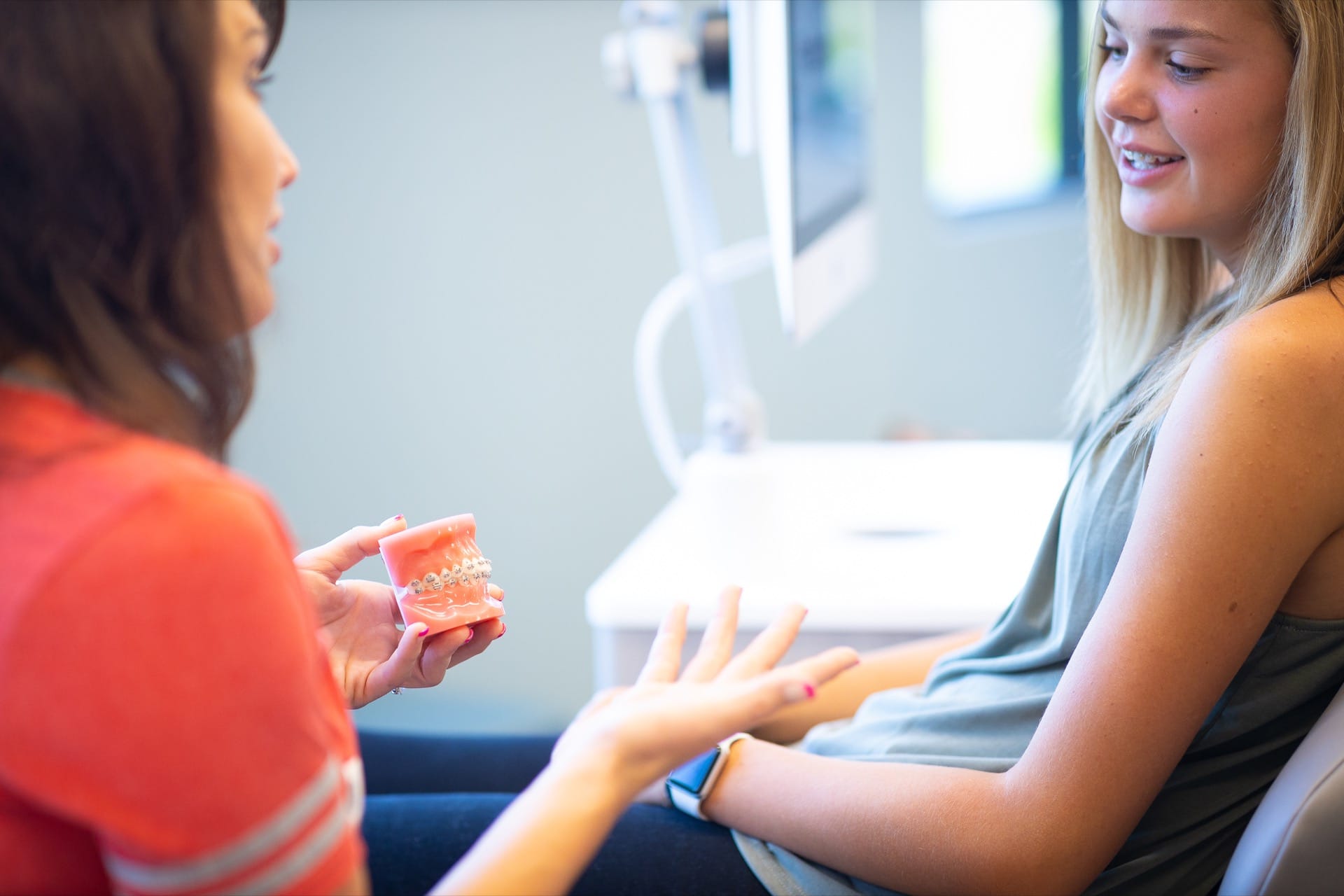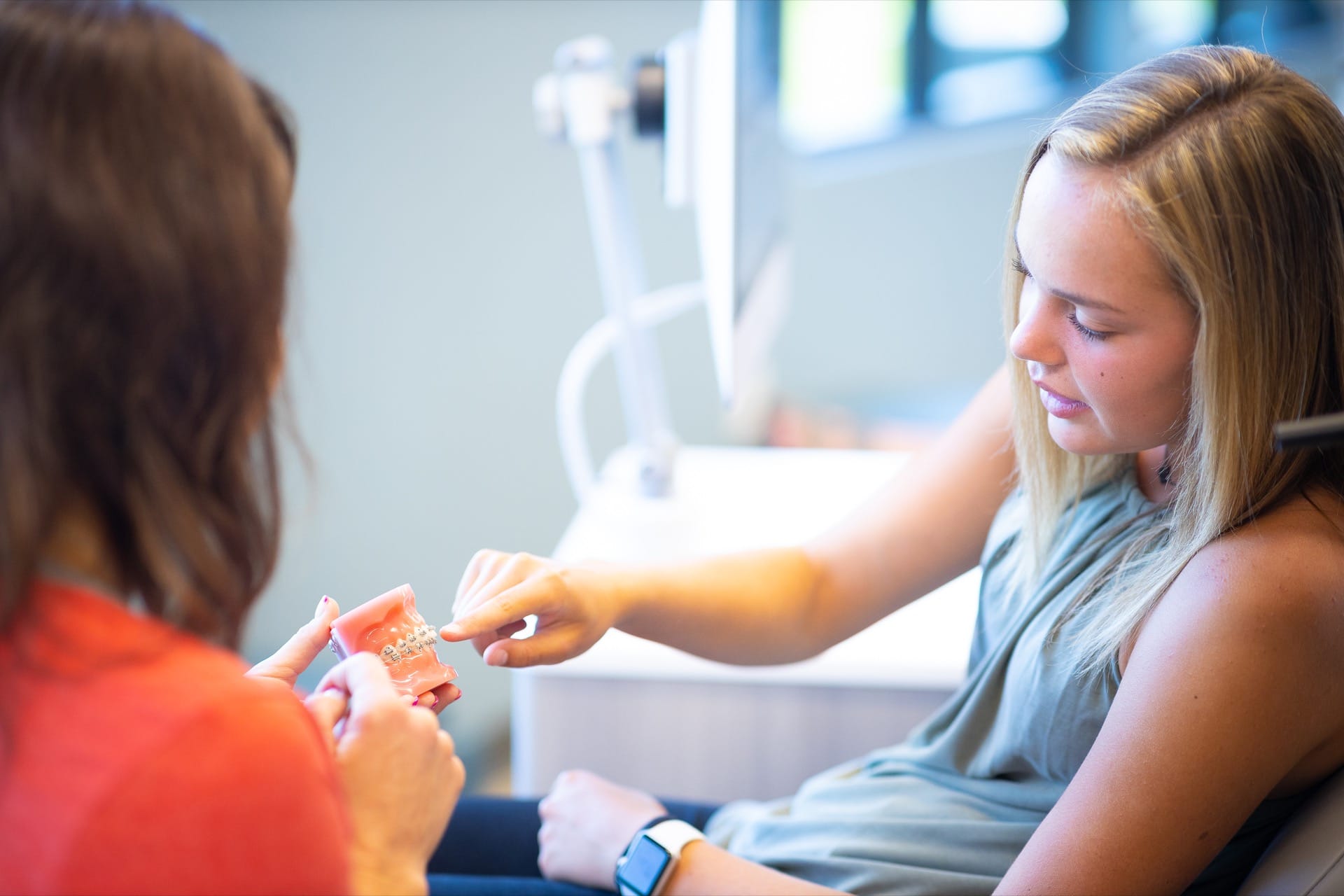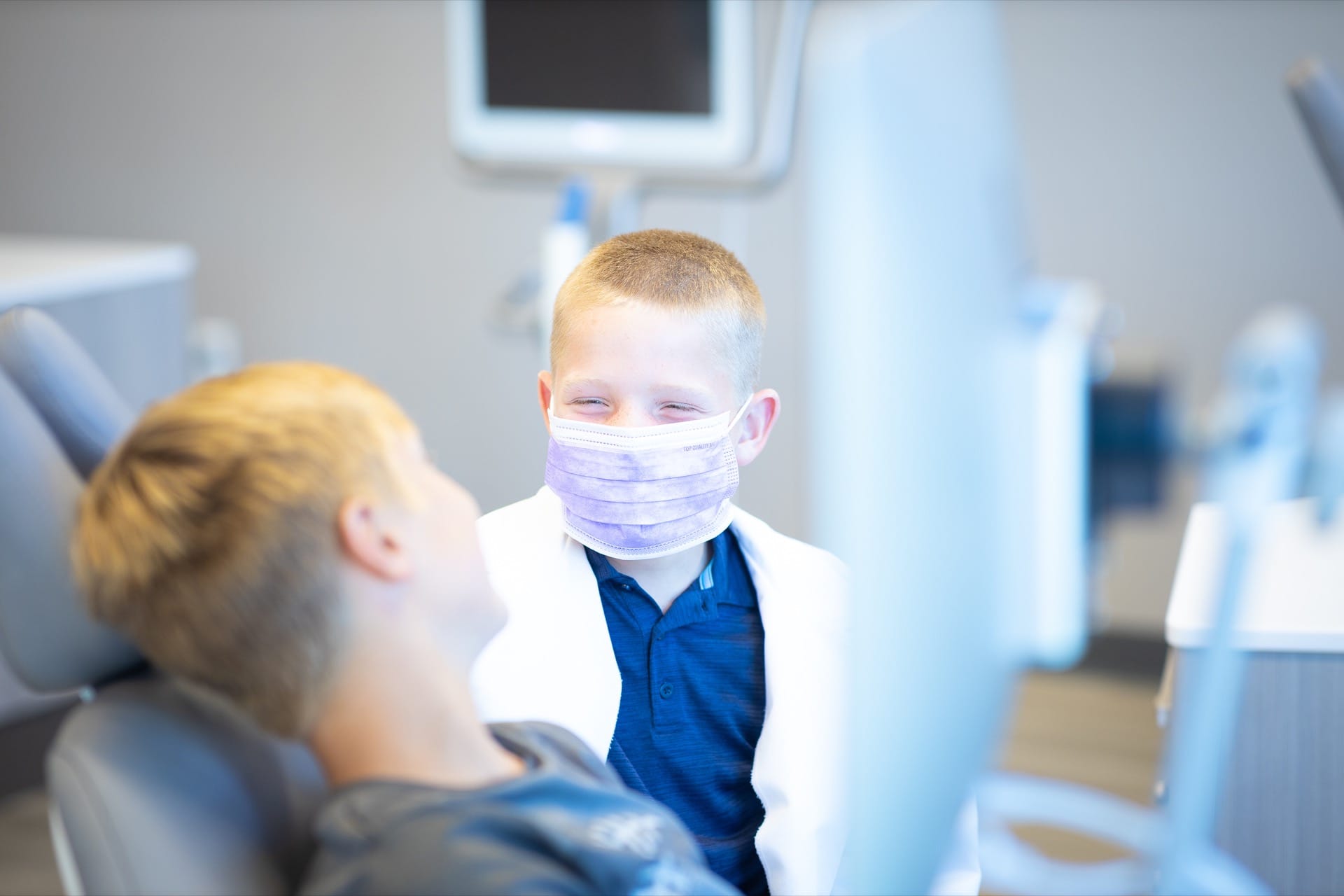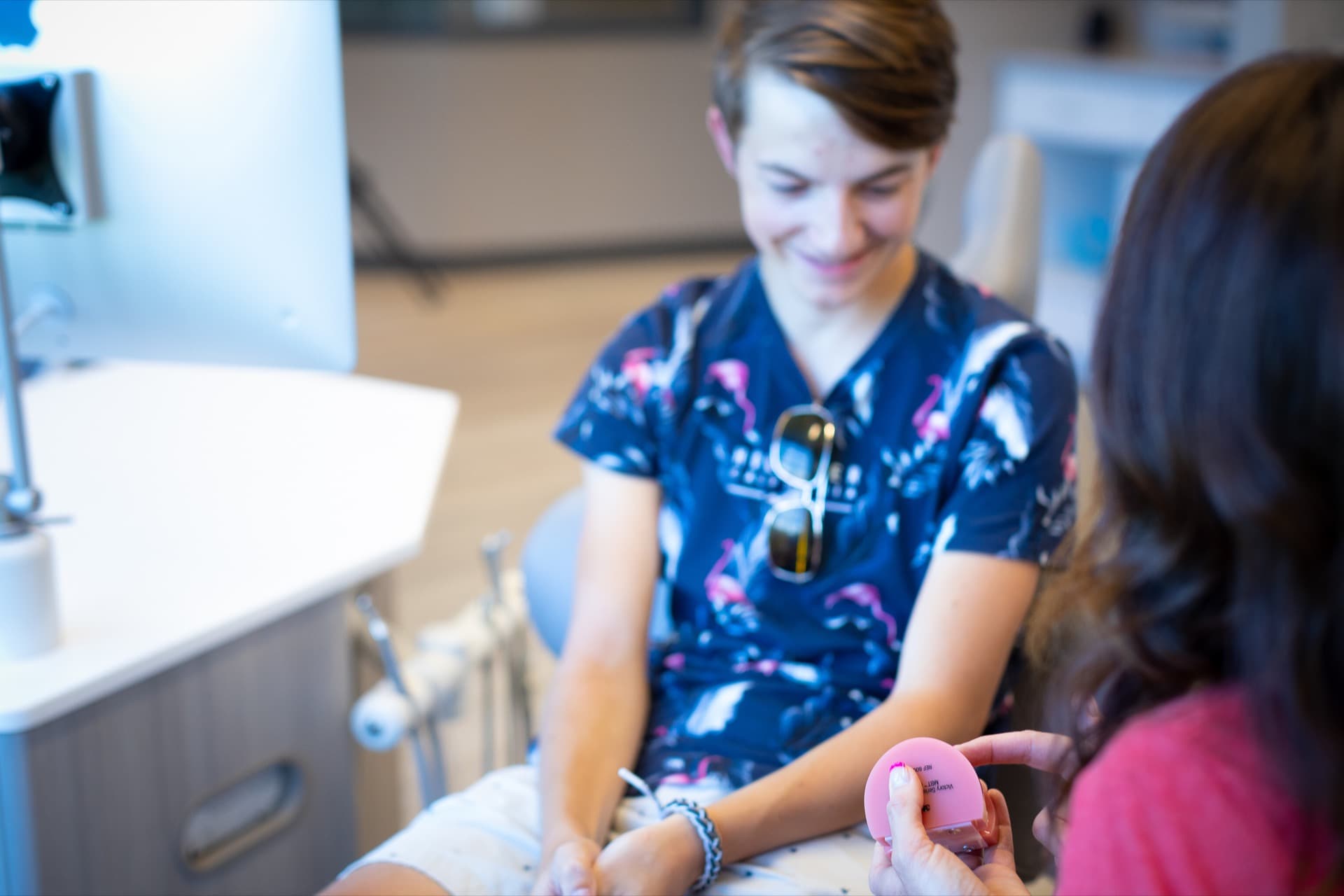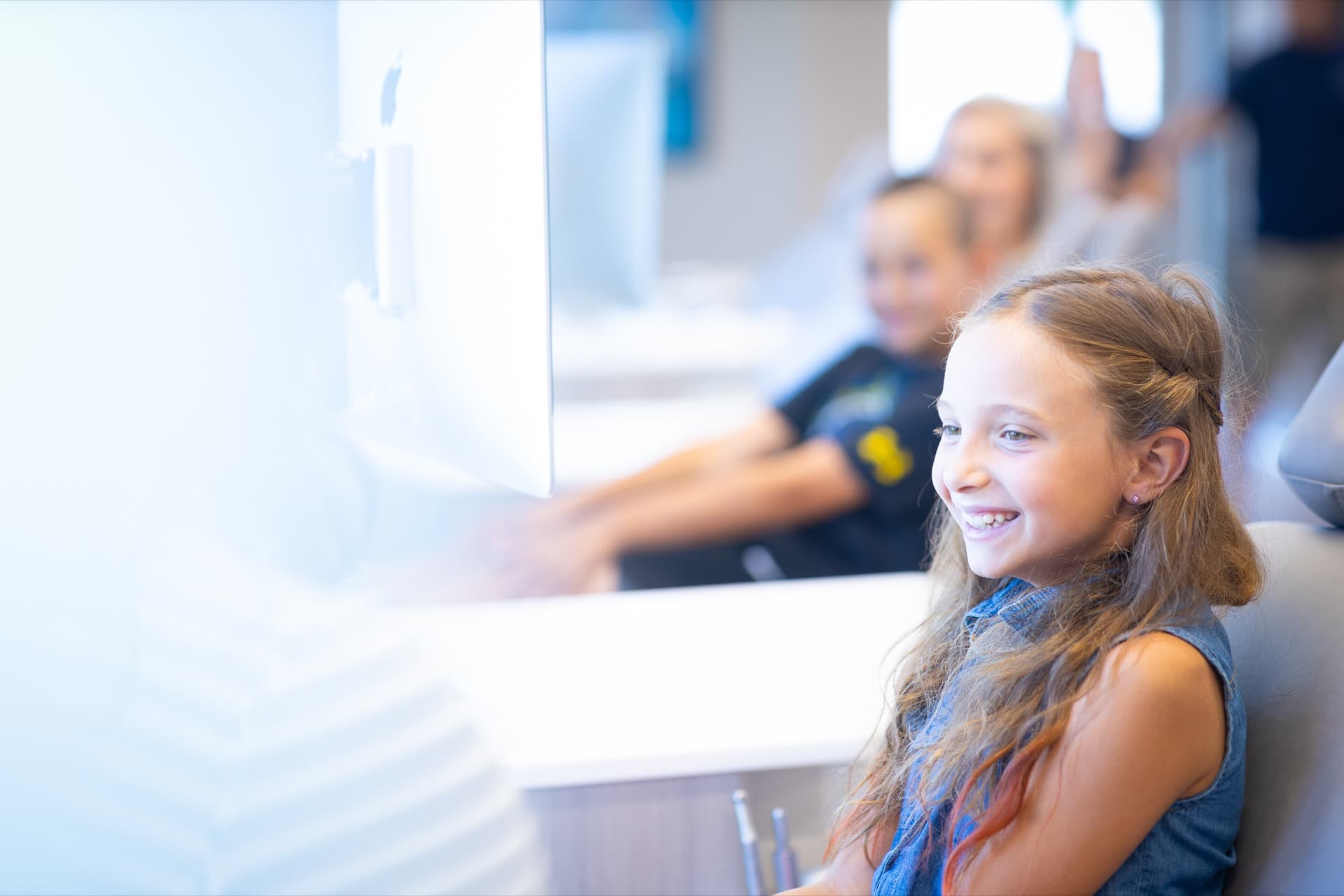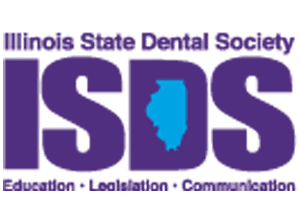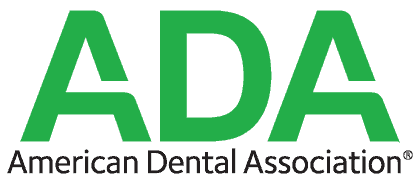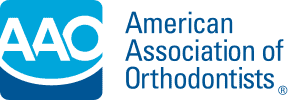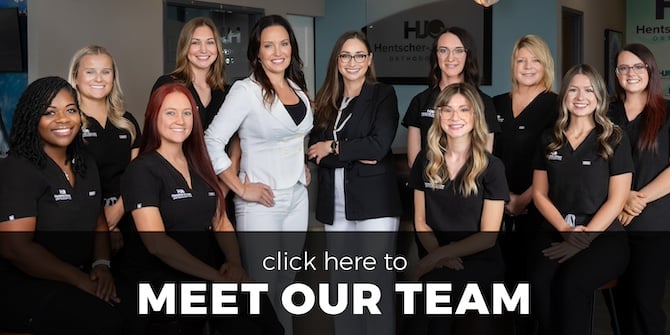Braces Appliances 101: How They Help Create a Healthy Smile
Braces do an amazing job of straightening teeth and creating beautiful smiles. Sometimes, though, braces need a bit of help. That’s where dental appliances come in. Different types of orthodontic appliances do different jobs, but all are designed to give you the best smile possible.
At Hentscher-Johnson Orthodontics, we use braces appliances before and after braces treatment to give you a smile that will last a lifetime. Not every patient needs appliances before braces, but all of them will use a particular appliance after braces.
Let’s explore the different appliances and what each can do for your smile!
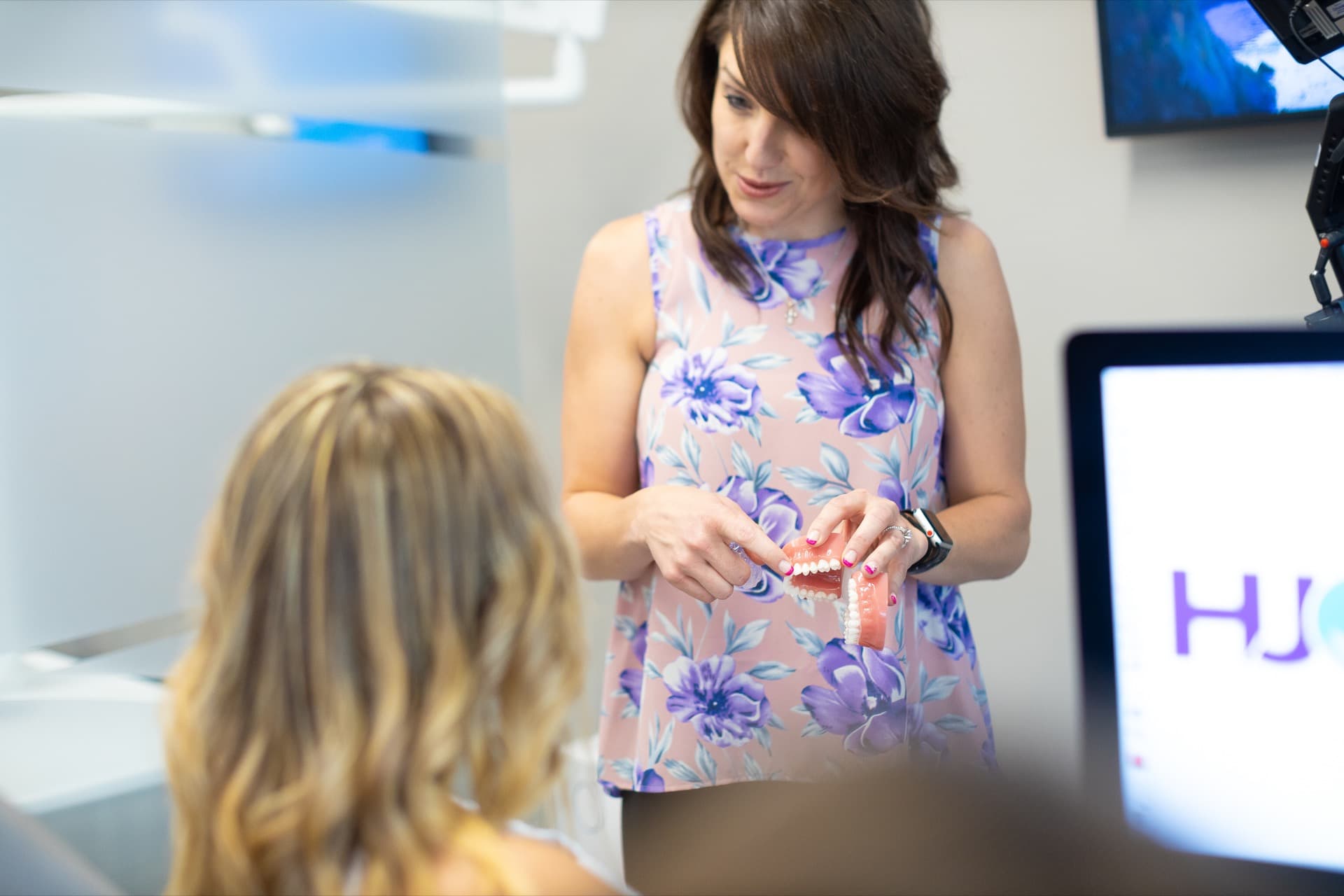
Why Do I Need an Orthodontic Appliance?
Braces do a great job on their own, but in some cases, they do a better job with a little preparation first. Think of it as baking a loaf of bread. Before throwing that bread in the oven, you must prepare it first.
Devices like a palate expander widen your jaw, so you have room for your teeth to move into place. A tongue crib trains your tongue not to thrust against your teeth, which would push them back out of place.
Most orthodontics tools are designed to prepare your mouth for braces or correct bad habits that can damage your bite or teeth.
Here is a list of some orthodontic devices we may use before, during, or after braces treatment.
Braces Appliances Definitions
Appliances
Orthodontists use these devices to move teeth or jaws, usually before or after braces or clear aligners. Appliances can be removable or attached to the teeth throughout treatment.
Elastics
These small rubber bands go around your brackets to hold the archwire in place with traditional metal braces or clear ceramic braces.
Essix Retainer
A retainer that looks like a clear aligner and is made of acrylic material custom-molded to the teeth. Unlike clear aligners, the Essix retainer is made to hold teeth in place after braces or clear aligner treatment.
Fixed Appliances
These devices are used to widen the jaw or move the teeth and are bonded to the teeth. Unlike other appliances, these cannot be removed except by the orthodontist.
Forsus
The Forsus Fatigue Resistant Device is an alternative to headgear and promotes growth in adolescents, helping to eliminate excessive overbites, improve the fit of teeth, and possibly prevent the need for jaw surgery.
Hawley Retainer
This removable retainer is made of acrylic and wires and holds teeth in place after braces.
Headgear
Headgear is used to treat patients with an overbite or underbite. Headgear gently “pulls” on your teeth to restrict further forward growth of your upper teeth and jaw.
Herbst Appliance
The Herbst appliance reduces overbite by moving the lower jaw forward and the upper molars backward. This fixed appliance is used mostly for younger, growing children and is worn for about 12-15 months.
Lingual Retainer
Also called a permanent retainer, this wire is bonded to the inside of the front teeth on the tongue side. This retainer is not removable except by a professional orthodontist or dentist.
Mouthguard
A device used to protect the teeth from impact, such as during sports. Mouthguards are important for braces patients because the braces could cause further damage from an impact on the mouth’s soft tissue.
Nightguard
Similar to a mouthguard, this appliance is usually worn at night to keep a person from grinding their teeth, a condition known as bruxism.
Palatal Expander
The palatal expander or palate expander widens your upper jaw by putting gentle pressure on your upper molars. The device is adjusted each day with a key that turns and pushes the palate expander against the teeth incrementally. The device makes room for the teeth to be straightened.
Positioners
Positioners complete the final tooth movements in your orthodontic treatment. With your full cooperation, you should only need to wear the positioner appliance for four to eight weeks.
Retainers
Retainers may be removable or fixed and hold teeth in position after orthodontic treatment. It is vital to wear your retainer according to directions to prevent your teeth from moving after treatment.
Rubber Bands
Larger than elastics, rubber bands apply extra pressure to braces or clear aligners to realign the jaws. Rubber bands are worn in a variety of ways depending on how the jaws need to be moved.
Separators or Spacers
These small rubber rings are placed between your teeth to push them apart so that orthodontic bands may be placed for braces. Separators will be removed before the bands are placed.
Tongue Crib
A device usually made of thick wire that is placed in the roof of the mouth to help stop patients from thrusting their tongue against their teeth. They can also prevent a patient from sucking their thumb.
Braces Treatment in Columbia, IL
Braces appliances are great tools that complement treatment with braces, 3M Clear Aligners or Invisalign. These dental devices help give you the best results possible. Will you need orthodontic appliances? We can let you know.
Schedule an appointment with Hentscher-Johnson Orthodontics. We will give you a thorough examination and let you know what appliances, if any, will help give you the best results possible from your braces treatment.
